TL; DR
- Continuous research is an ongoing process of collecting and analyzing customer insights to inform product decisions.
- It starts with identifying key moments in the user journey and continuously tracking them using both quantitative and qualitative methods.
- Collecting data isn’t enough; you also need regular analysis and a clear process for sharing insights with the team.
We can never really say a product is “finished.” Product development is an ongoing process that can shift direction quickly, depending on the current market situation, user needs, or competitor activity.
This is especially true in the SaaS model, where users interact with the product continuously through a subscription. Their needs are constantly evolving and may change based on the market innovations or internal changes in their own company. Their opinion about the product can also shift over time.
That’s why product research shouldn’t be limited to single, project-based efforts with a start and end date. It’s important to build consistent touchpoints with users to gather data at key moments in the user journey and use that data to monitor and analyze what’s changing.
In this article, I’ll walk you through what my continuous research practice includes, and how I analyze this kind of data to turn it into actionable insights.
What is continuous research?
Continuous research is an ongoing process of collecting and analyzing customer insights to inform product decisions, not just once, but over time. It’s not about a specific method or a single research sprint. The key is that there’s no defined end.
The goal is to constantly monitor how users interact with your product, how their needs evolve, how they perceive your solution, and how all of that impacts your business.
This makes it fundamentally different from traditional, project-based research. In a typical setup, you run a discovery phase, choose your methods and sample, gather data, analyze it, and deliver a nice, tidy report with conclusions and recommendations. Then it’s done, until the next project comes along.
In continuous research, the data keeps coming. You collect insights over a longer period and analyze them as you go. That ongoing feedback loop gives you the flexibility to adjust direction mid-course, spot trends as they emerge, and stay in tune with a moving target: your user.
Of course, both approaches are valuable and necessary; it all depends on the goal. If you have a specific and time-sensitive research question, it's worth running a focused research project to address it directly. At the same time, it’s important to continuously observe user data so you can ask better, more relevant questions and solve the right problems as they emerge in real life.
Why is continuous research so important in a product environment?
Working in a product environment comes with certain characteristics that make continuous research not only necessary, but also easier to carry out and more beneficial for the company.
1. Data never stops coming in
There are many data sources that often exist in isolation and are not analyzed together as part of a research process. Analytics tell you which features are being used, by whom, and how often. Support teams report on common issues, user confusion, and recurring pain points. Sales and customer success bring in valuable context: why people convert, or why they leave.
All of this creates a rich, ongoing narrative about your product and your users. It’s a huge missed opportunity not to take all this valuable data into account and look for patterns and insights within it.
2. User perspectives and product needs keep changing
Your users aren’t static. Their workflows change, their goals evolve, and so do their expectations. Regularly tracking these shifts helps you stay ahead of frustration points, identify emerging trends, and adapt your product to match what users actually need today, not just what they needed a few months ago when you ran dedicated research on the topic.
3. There's ongoing access to users
Since customers often use the product on a daily basis, they care about it working well and about being heard. This makes it much easier and faster to reach out and invite them into an ongoing exchange of feedback.
Making use of this customer availability can bring quick and highly valuable benefits, which is why not running continuous research with them can lead to missed opportunities and potential losses.
4. It strengthens your relationship with customers
When users feel heard, they’re more likely to stick around, even if the product isn’t perfect. Very often, the value of having their feedback implemented is so high for them that they’re willing to proactively collaborate with the product team.
Continuous research creates space for their voices across the journey, building trust and loyalty. For researchers, it also means easier access to engaged participants when deeper, project-based studies are needed.
How can continuous research be done?
Continuous research can include many elements and use different research methods. The first and most important step is to map out the customer journey. What stages does our customer go through? At which points can you get valuable feedback?
In many products, you can identify some typical journey moments:
Decision-making
This early stage of the user journey gives us a great opportunity to learn what customers expect and how they evaluate different tools. It's worth finding out why they started looking for a product like ours, what criteria they used to compare options, and what convinced them to choose us in the end.
The sales team usually has access to this information, so it’s helpful to make sure they ask these questions during demo calls and share the answers with the research team for ongoing analysis.
Onboarding
Here, you can understand whether the product matches what customers expected when they first signed up. It's also important to learn what tasks they try to complete first, how long it takes them to figure things out, and what confuses them. This type of insight often comes from the Customer Success team, since they help users who reach out with questions.
Product analytics can also help, for example, by showing which help center articles are viewed most often, or which features people use first after signing up.
Regular use of the product
It’s also important to continuously monitor how customers use our product and gather their feedback.
NPS survey with a comment field
Sending an NPS survey every 3–6 months gives you a chance not only to track overall satisfaction, but also to identify missing or poorly working features based on comments. Because the survey is regular, you can also see if the changes you’ve made are effective.
For example, if users used to complain about a confusing feature, but those comments drop significantly over time after improvements, it’s a clear sign you’ve solved the problem, without needing additional research.
Feature request survey
You can include a button in the product that links to an always-available survey for feature ideas. This helps you monitor how customers think and what areas matter to them, even if you don’t plan to implement these requests one by one.
Continuous interviews
These surveys usually end with an invitation to a follow-up interview. This is a great moment: the user is already engaged, and you encourage them to share more. I include a link to my calendar so they can book time directly. The goal is to speak with one customer every week or two.
These conversations help us understand the customer’s context—how they use the tool, what they struggle with, and what they value. These deep interviews are very useful for interpreting short survey responses later on.
Churn
Unfortunately, some customers will cancel their subscription. This is an important moment because people are often more candid when they’re leaving the relationship, and they’re less worried about being critical.
You can include a short cancellation survey at the end of the process, but there's a risk they’ll just choose a random option to complete it quickly.
That’s why it’s valuable to invite them to a follow-up call. Since they’re no longer interested in staying with us, it's worth offering a reward for this kind of interview. The insights on why your product is no longer needed are some of the most honest and valuable you can get.
In summary, customers give us valuable feedback at every stage of the user journey. That’s why it’s important to identify these touchpoints and connect with users at the right time.
Besides surveys, in-depth interviews are key to understanding the full context and how people really experience our product.
How to analyze this data and draw conclusions?
As you’ve seen, continuous research generates input from many sources: surveys, CS and Sales conversations, interviews, and analytics. That variety is a strength, but it also means you need a system to make sense of it all. You can’t treat each source in isolation. The goal is to look across data points and spot patterns that tell a bigger story.
That’s where Survicate helps me the most.
It’s a place where I store different types of surveys, such as the onboarding survey, churn survey, NPS, and others. I can view the results on visual dashboards in real time. By creating a dashboard with all the surveys I want to keep track of, monitoring incoming responses becomes simple and doesn’t require constant manual calculations, like it would in Excel.
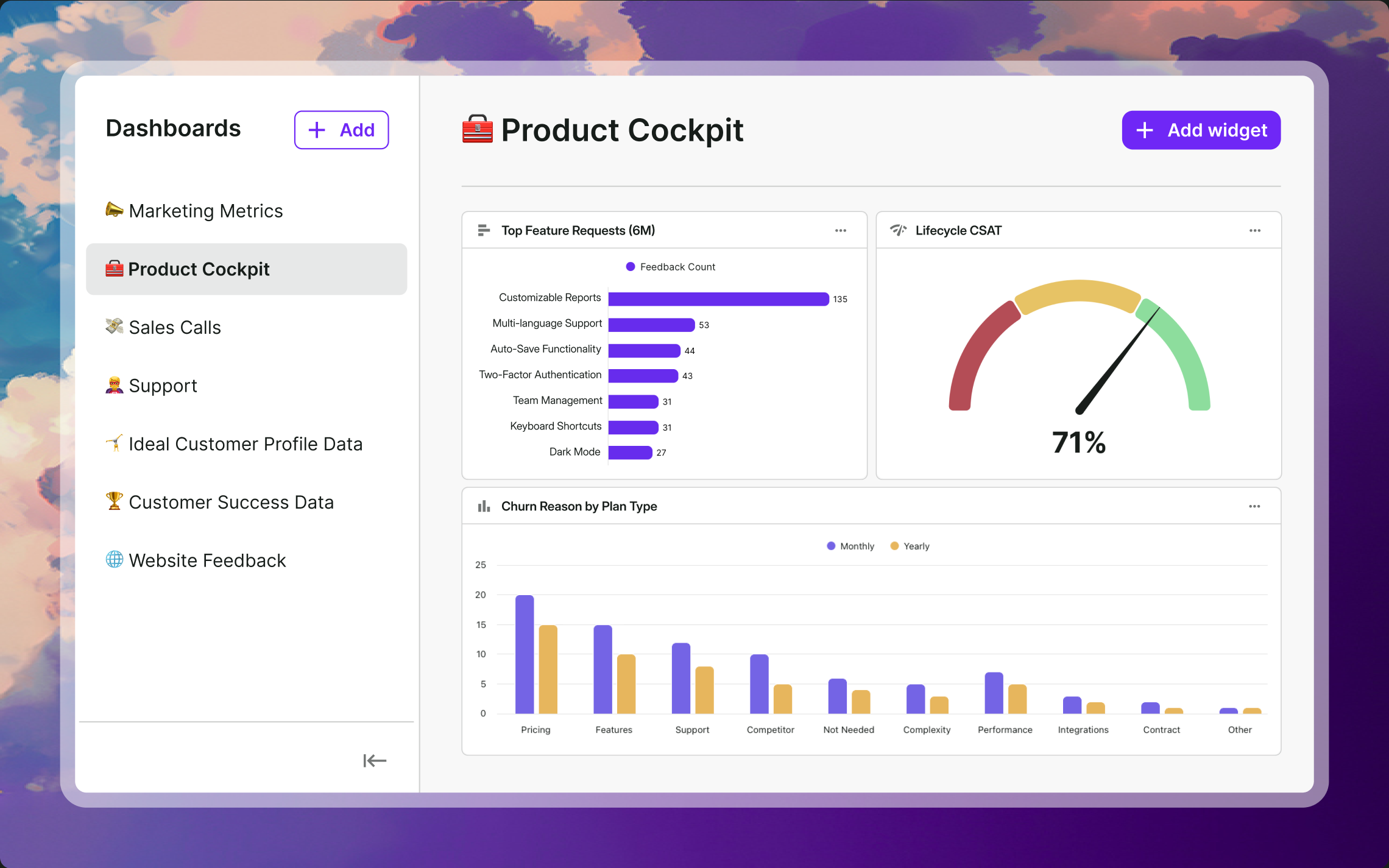
On the other hand, I want to combine quantitative survey data with qualitative insights from CS and sales conversations, as well as my own continuous interviews. To analyze all this information in one place, I upload it to the Insight Hub in Survicate. I use the integration between Survicate and the AI transcription tool tl;dv, so the transcripts are added automatically.
Insight Hub processes all the uploaded data and organizes it based on topics I’ve defined. From these grouped inputs, it automatically generates insights.
Some of the core topics I monitor continuously are:
- Reasons for buying
- Configuration issues
- Feature signals
- Negative sentiment
- Positive sentiment
- Churn reasons
When I notice a new issue coming up—say, more users start mentioning login friction—I’Il create a dedicated topic like Login process and start tracking all related input there.
Thanks to these features, all continuous research data is gathered in one place. But that’s only the beginning. Because the flow of data never stops, it’s important to define clear checkpoints for analysis.
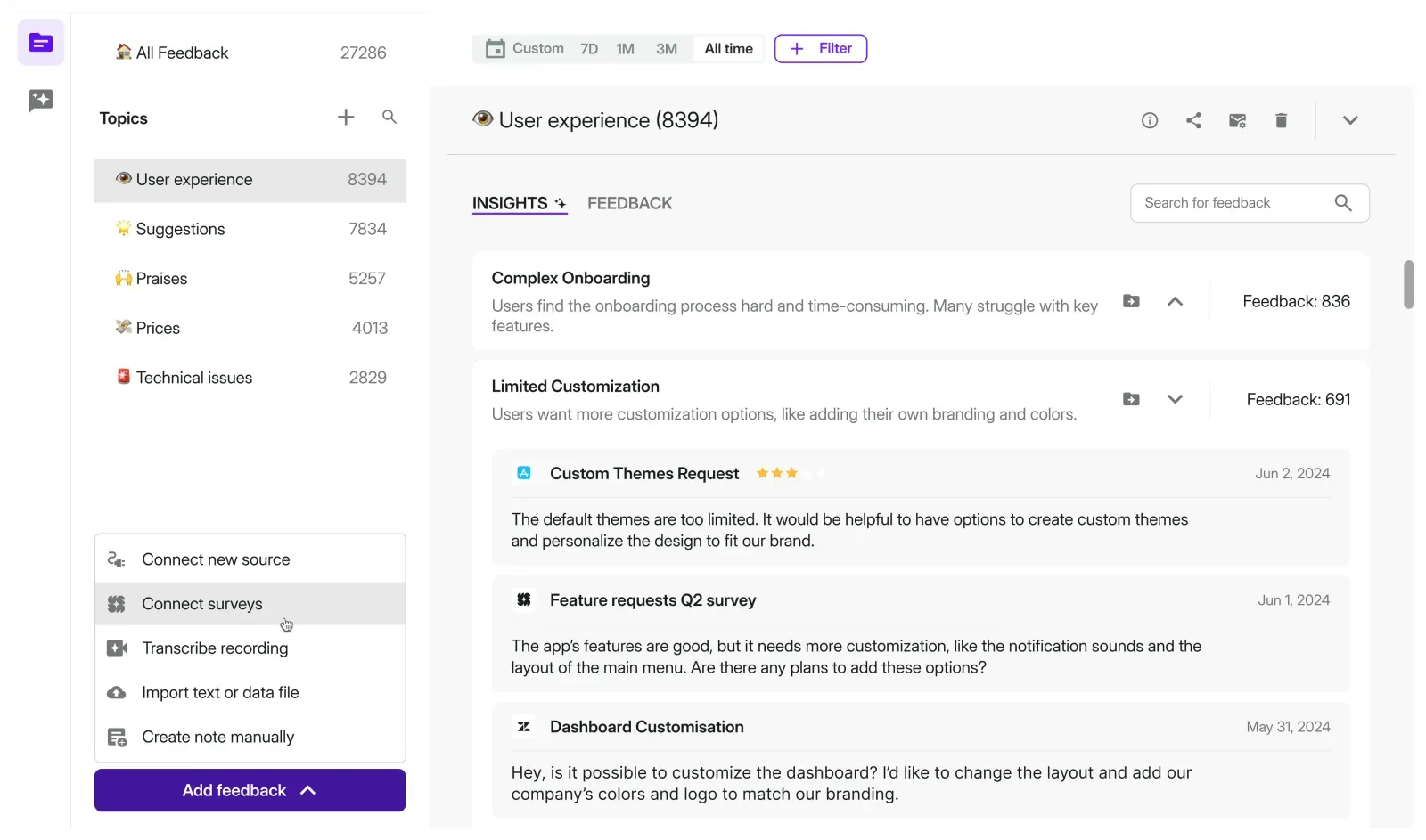
Many teams skip this step, assuming that collecting data is enough. But this often leads to overwhelm and overreacting to isolated comments from users.
I take a two-part approach to analyzing and drawing insights.
Once a quarter, I dedicate time to reviewing the survey dashboards and Insight Hub topics. Based on that, I create a report where I add my own interpretations—especially where the tool may not provide enough context—and I turn the findings into clear recommendations for the product team.
This way, the team knows what matters most and what direction to take in the next quarter.
To keep insights actionable, I also bring a few fresh signals to our weekly product meetings—just two or three themes that stood out that week. It keeps the team close to the voice of the customer and helps everyone stay aware of what users love, what’s frustrating them, and what still feels missing.
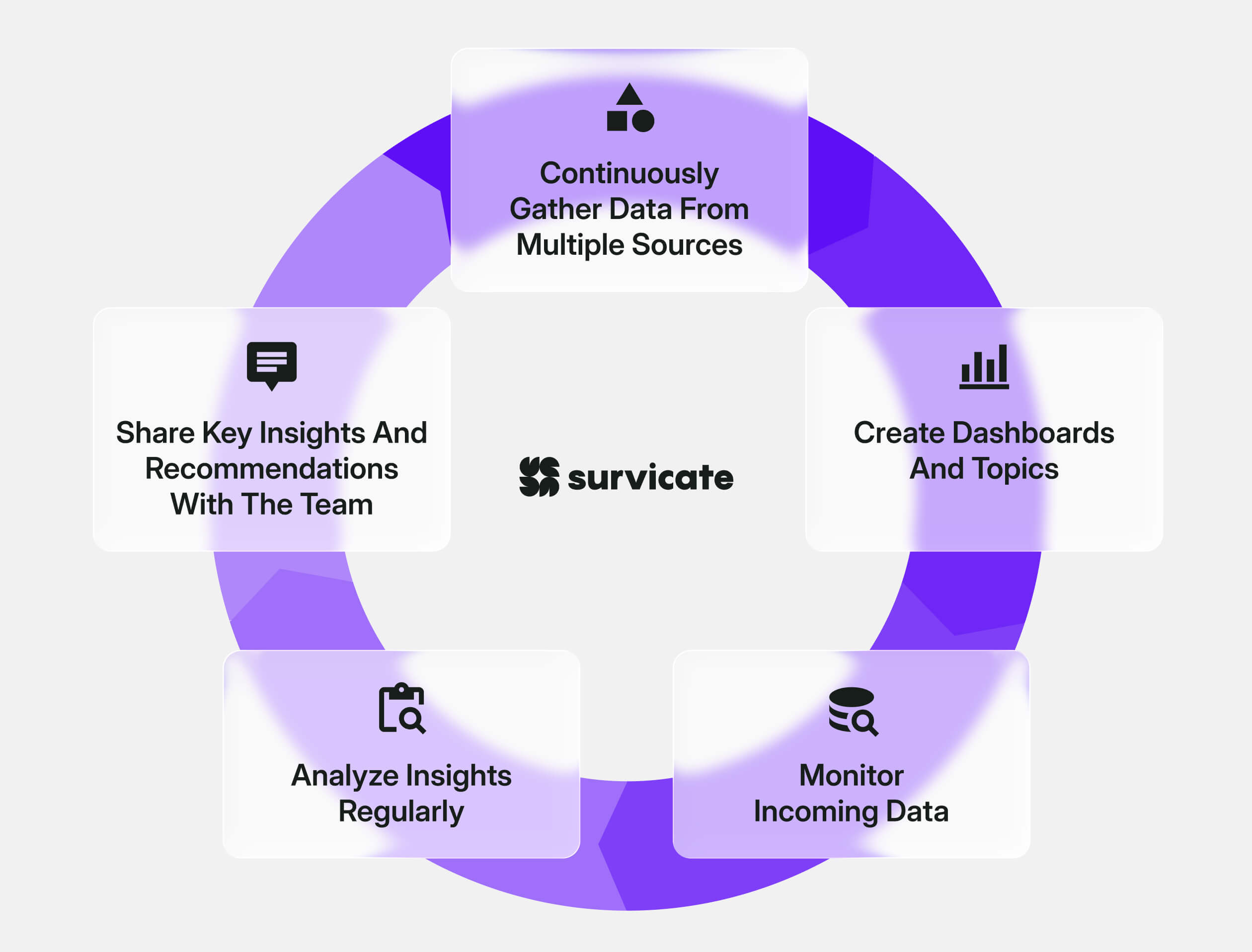
Build your continuous research practice
Continuous research is a key area every product researcher should focus on. It’s a chance to discover the most important patterns and insights along the core user journey. If you rely only on one-off, thematic studies, you risk missing the changing and evolving priorities of our users.
It's worth using a mix of methods—quantitative surveys to gather broad trends and qualitative interviews to dig deeper. This not only enriches your understanding but also helps build strong relationships with customers, which is especially important when working on a SaaS product.
But collecting data is not enough. It’s equally important to analyze it regularly and make it accessible to the whole team. If the data just sits unused, it won’t bring strategic value. That’s why, in addition to running research, it’s crucial to plan how and when the insights will be summarized and shared.
Build your continuous research practice, and you’ll make sure no important data or patterns slip through the cracks.
If you want a simple way to bring all your ongoing feedback into one place—connect surveys, interviews, and analytics, spot trends faster, and share insights with your team—Survicate can help you make continuous research effortless and actionable. Try it out and see how much easier it becomes to listen to your users continuously.

%20(1).avif)







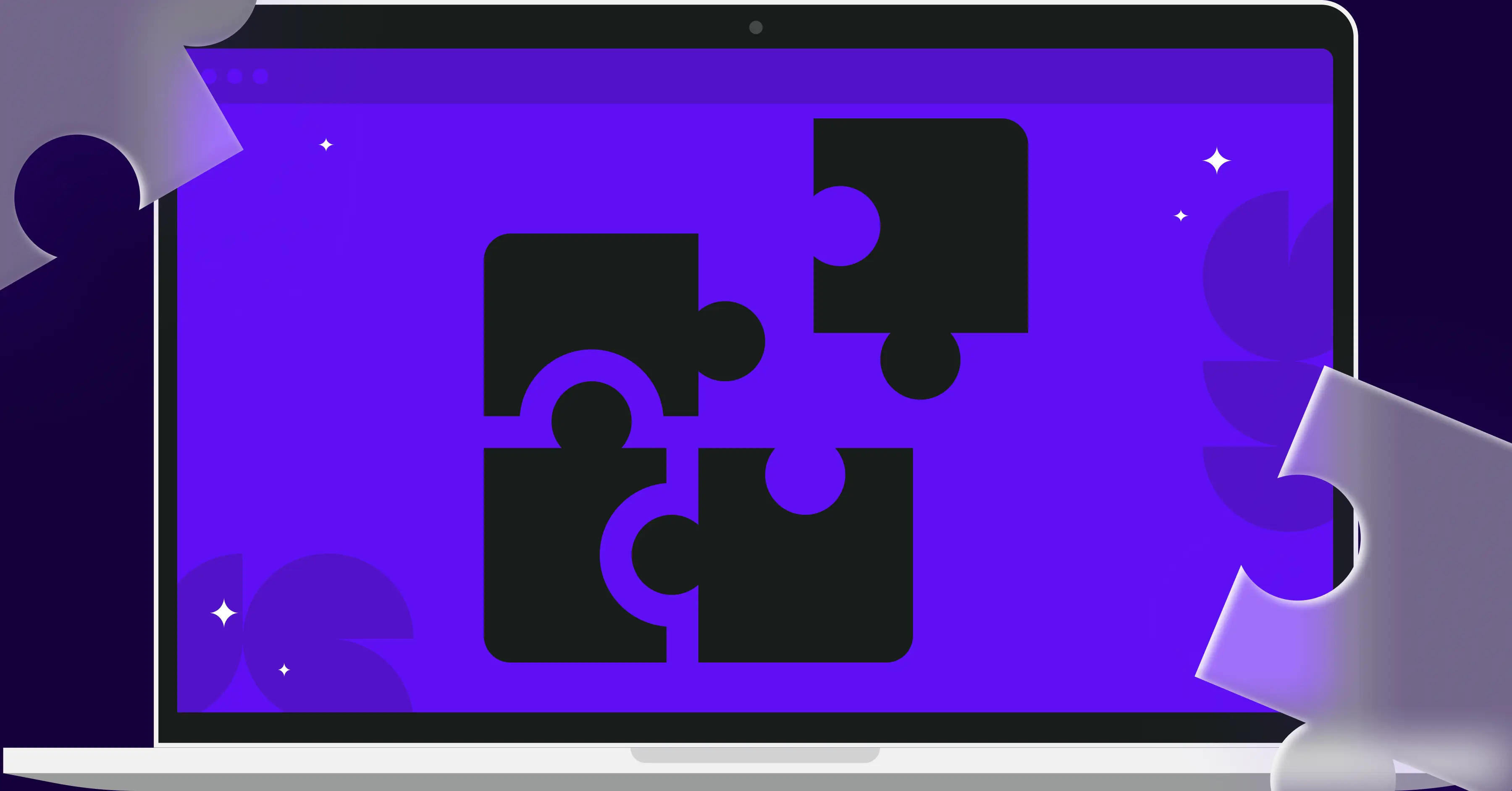
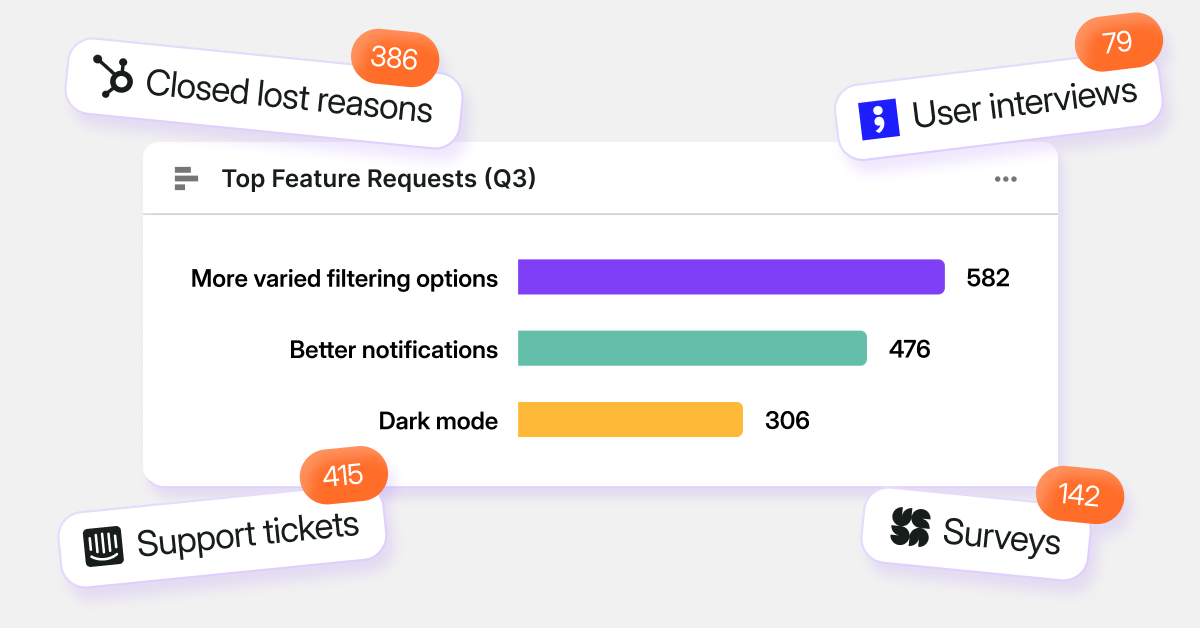
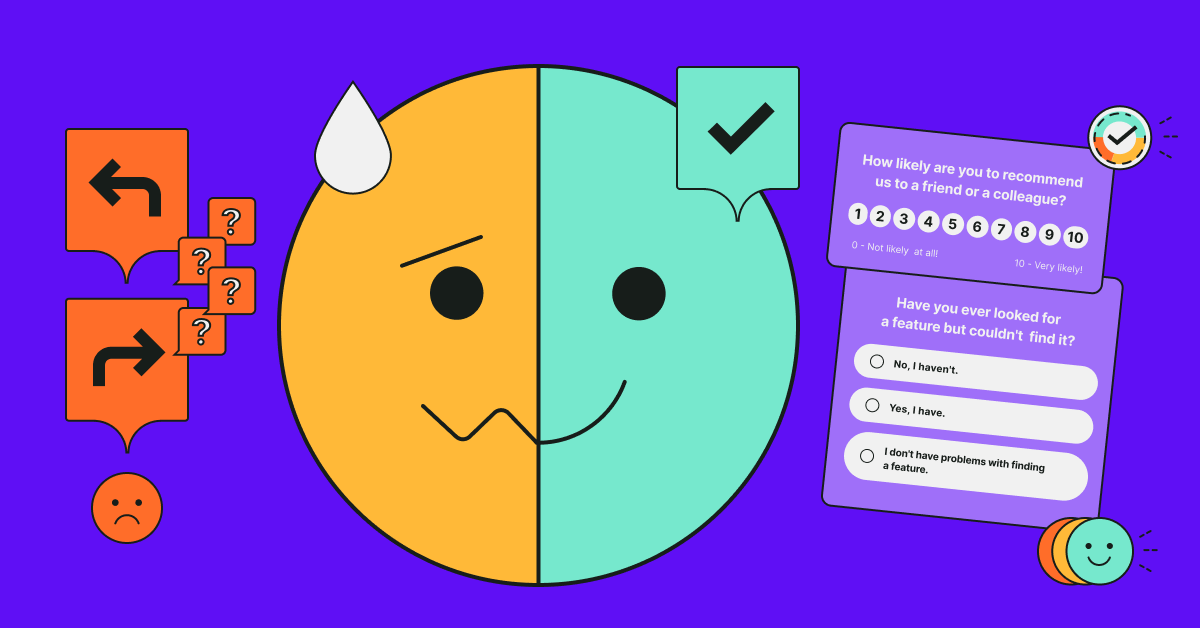
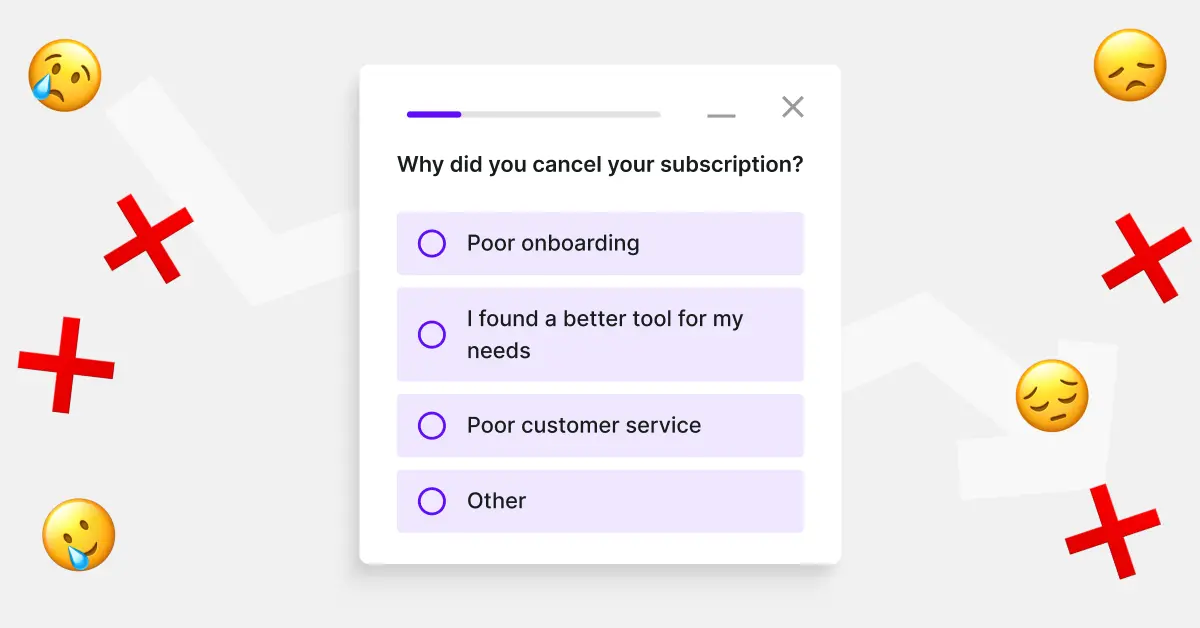
.svg)

.svg)



